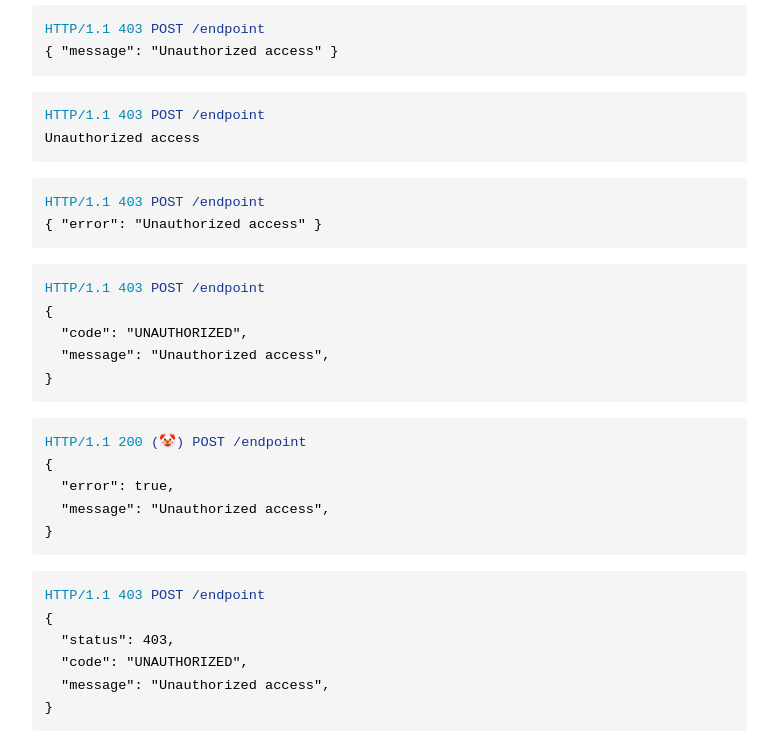this post was submitted on 30 Aug 2024
131 points (99.2% liked)
Programming
19828 readers
701 users here now
Welcome to the main community in programming.dev! Feel free to post anything relating to programming here!
Cross posting is strongly encouraged in the instance. If you feel your post or another person's post makes sense in another community cross post into it.
Hope you enjoy the instance!
Rules
Rules
- Follow the programming.dev instance rules
- Keep content related to programming in some way
- If you're posting long videos try to add in some form of tldr for those who don't want to watch videos
Wormhole
Follow the wormhole through a path of communities [email protected]
founded 2 years ago
MODERATORS
you are viewing a single comment's thread
view the rest of the comments
view the rest of the comments


I worked on a product that was only allowed to return 200 OK, no matter what.
Apparently some early and wealthy customer was too lazy to check error codes in the response, so we had to return 200 or else their site broke. Then we'd get emails from other customers complaining that our response codes were wrong.